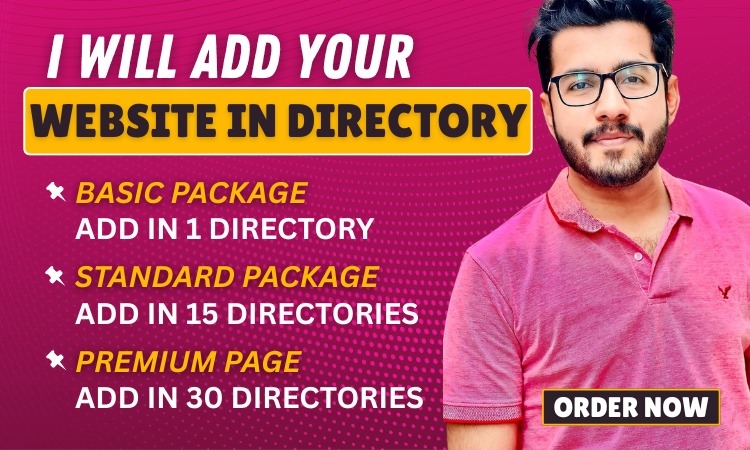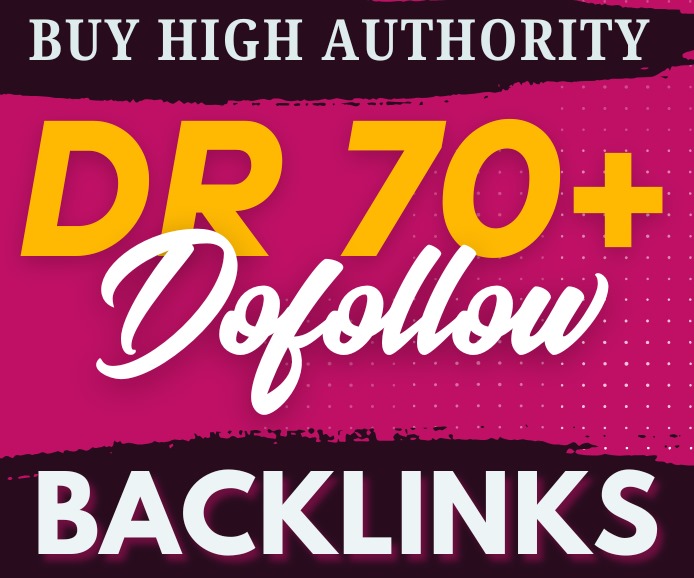Web design is more than just pretty colors and fancy fonts. It’s the art and science of building websites that are visually appealing, user-friendly, and functional. Good Web design ensures users can easily navigate a website, find information quickly, and take action—whether that’s buying a product, signing up, or contacting a business.
Why Web Design Matters in 2025
In today’s digital world, your website is your storefront. It’s often the first impression potential customers have of your brand. A poorly designed website can push visitors away in seconds, while a modern, responsive site builds trust and increases conversions.
Key Elements of Effective Web Design
To design a website that converts, you need to understand the core elements of modern web design.
Layout and Structure
A clean, organized layout helps users find what they’re looking for fast. It also helps search engines crawl your site effectively.
Typography and Readability
Fonts should be legible on all devices. Use hierarchy with headings and body text to guide users through your content.
Color Scheme and Branding
Colors evoke emotion and reinforce brand identity. Consistent color usage across the website improves recognition and user experience.
Navigation and User Experience (UX)
Navigation should be intuitive. Menus, buttons, and links need to be easy to find and use—especially on mobile devices.
Mobile Responsiveness
With more than half of internet users browsing on mobile, responsive design is no longer optional. Your website must look and function perfectly on all screen sizes.
Load Speed Optimization
Speed matters. A delay of just one second in loading time can lead to a 7% drop in conversions. Optimize images, minimize scripts, and use fast hosting.
Calls-to-Action (CTAs)
Effective web design includes clear, compelling CTAs. Whether it’s “Buy Now,” “Contact Us,” or “Subscribe,” guide users to the next step.
The Role of SEO in Web Design
Web design and SEO go hand in hand. A visually stunning website is useless if it doesn’t show up on Google. Proper HTML structure, keyword optimization, meta tags, alt attributes, and fast load times all impact your rankings.
Web Design vs. Web Development: What’s the Difference?
Web design focuses on visuals and user experience, while web development is the coding side that makes everything function. Designers create mockups and layouts; developers bring them to life with code.
Popular Web Design Tools in 2025
-
Figma (for UI/UX design)
-
Adobe XD
-
Webflow (for design + development)
-
WordPress (CMS with design themes)
-
Canva (for quick graphics and design assets)
Trends in Modern Web Design
Staying ahead of trends is key to keeping your website fresh.
Dark Mode Interfaces
Dark backgrounds are not only easier on the eyes, but they also give websites a modern and sleek look.
3D Visuals and Animation
From floating objects to interactive elements, 3D design grabs attention and creates immersive experiences.
Minimalist Design
Less is more. Clean layouts with plenty of white space improve usability and speed.
Micro-Interactions
Small animations that react to user behavior enhance engagement and make the experience more interactive.
Voice User Interface (VUI)
With the rise of voice assistants, designing for voice search is becoming crucial.
How Web Design Impacts Business Growth
A well-designed website boosts credibility, increases visibility, and improves user retention. When people enjoy using your site, they stay longer, engage more, and convert at higher rates.
Cost of Web Design: What Should You Expect?
Prices vary widely depending on complexity and who you hire. Freelancers might charge $500–$2,000 for a basic site, while agencies can quote $5,000–$50,000 or more for custom projects.
Should You Hire a Web Design Agency or Go DIY?
It depends on your goals, time, and skill level.
DIY Platforms
Tools like Wix, Squarespace, or WordPress with themes make it easier than ever to design your own site.
Hiring Professionals
If you need a unique, high-performing, SEO-optimized website, hiring a web design agency is a smart investment.
E-Commerce and Web Design
E-commerce sites need special attention. Design decisions can directly affect sales and user satisfaction.
Conversion-Focused Layout
Place product categories, filters, reviews, and “Buy” buttons where users expect them.
Security and Trust Signals
Badges, reviews, SSL certificates, and clear return policies help users feel confident.
Web Accessibility: Designing for Everyone
Web design should be inclusive. Use alt text, keyboard navigation, and readable fonts to make your site accessible to users with disabilities.
Maintenance and Updates
Good web design is never “done.” Regular updates, performance checks, and content refreshes keep your site healthy and relevant.
Common Web Design Mistakes to Avoid
-
Cluttered layout
-
Poor mobile experience
-
Slow loading times
-
Missing CTAs
-
Inconsistent branding
-
Weak SEO implementation
How to Choose the Right Web Designer
Look for portfolios, testimonials, and transparent pricing. Choose someone who understands both aesthetics and business goals.
Future of Web Design: What’s Next?
Expect more personalization, AI-powered design systems, and augmented reality integrations in websites.
Conclusion
Web design is the foundation of your online presence. It shapes how people perceive your brand and determines whether they stick around or bounce away. In 2025 and beyond, investing in high-quality, responsive, SEO-friendly design is more important than ever.
FAQs
What’s the difference between web design and web development?
Web design is about the visual and user experience side, while web development handles coding and functionality.
How long does it take to design a website?
It depends on the scope. A simple site might take a few days; a complex custom site could take weeks or months.
Can I do web design myself?
Yes, using platforms like WordPress, Wix, or Webflow. But for professional results, hiring a web designer is recommended.
Is web design important for SEO?
Absolutely. Design impacts site speed, mobile-friendliness, user experience, and content structure—all of which affect SEO rankings.
What’s the average cost of a web design project?
Costs vary. A basic small business site might start at $1,000, while large-scale e-commerce or custom builds can exceed $20,000.




